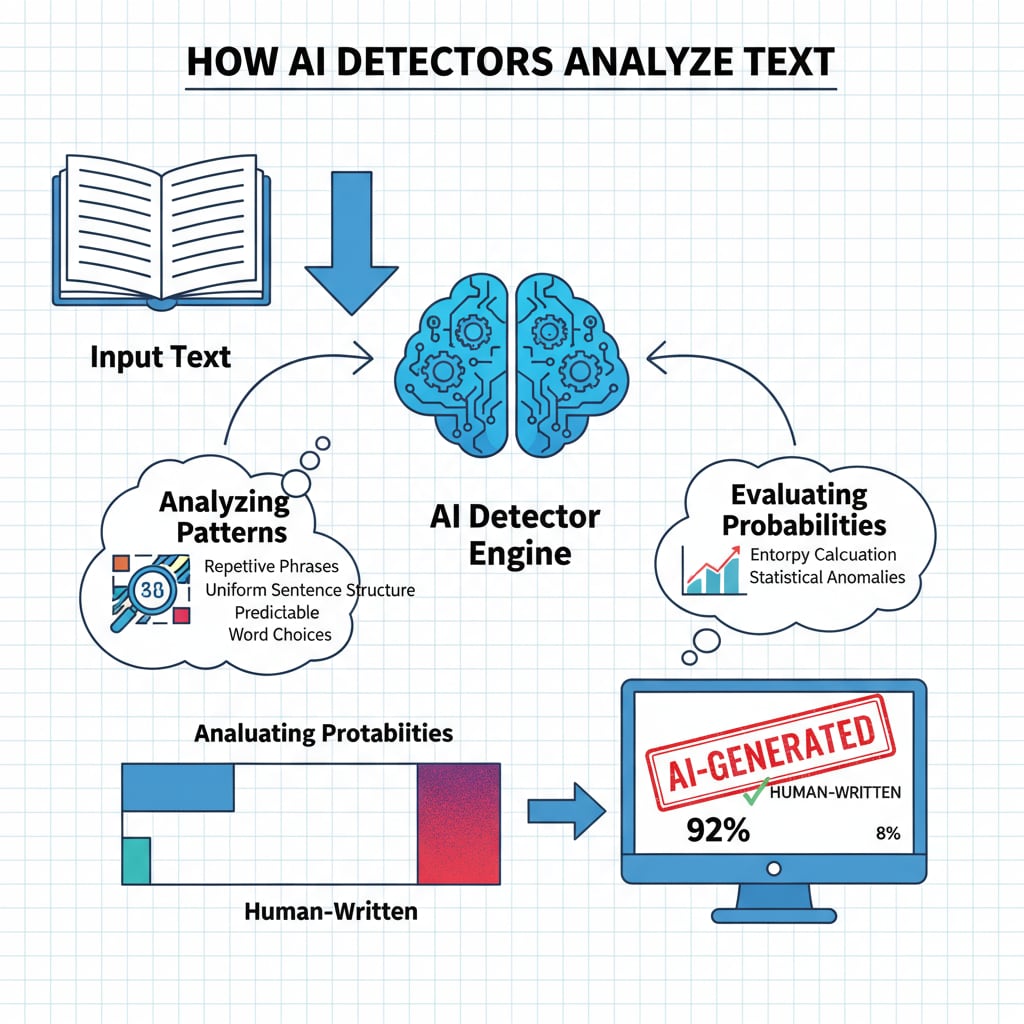AI detectors, manual input, and paraphrasing tools have become significant elements in the landscape of K12 education. As AI technology seeps deeper into educational settings, the issue of students leveraging AI to complete their assignments has grown exponentially. This has sparked a crucial debate about maintaining academic integrity while also embracing the potential benefits of technology.

The Rise of AI in K12 Education
The advent of AI has revolutionized various aspects of our lives, and K12 education is no exception. Students now have access to a plethora of AI tools that can assist them in writing essays, solving math problems, and even creating presentations. For example, some AI writing tools can generate entire paragraphs or essays with just a few prompts. This ease of use has made it tempting for students to use these tools to complete their assignments quickly.
Artificial intelligence in education on Wikipedia
How AI Detectors Work
Educators, in response, have turned to AI detectors to identify when students have used AI in their work. These detectors analyze various aspects of the text, such as writing style, vocabulary use, and the presence of patterns typical of AI-generated content. They compare the submitted work against known databases of AI-generated and human-written texts. However, these detectors are not without limitations. Some AI tools are becoming more sophisticated, making it harder for detectors to accurately identify AI-generated content.

Artificial intelligence on Britannica
Students’规避检测的方法(英文:Ways to Evade Detection)
Some students attempt to evade AI detection through manual input. By typing out the AI-generated content themselves, they hope to make it appear as if they have written it. Another common method is the use of paraphrasing tools. These tools rewrite the AI-generated text in a different way, changing the sentence structure and vocabulary while retaining the core meaning. However, the effectiveness of these methods varies. Manual input may not be enough to disguise the tell-tale signs of AI use, and paraphrasing tools may not always produce high-quality, natural-sounding text.
The Balance Between Technology and Integrity
Finding the right balance between allowing students to use technology and maintaining academic integrity is a complex challenge. Educators need to teach students about the proper use of AI tools and the importance of academic honesty. Instead of simply trying to detect and punish AI use, they can incorporate AI into the curriculum in a positive way. For example, students can learn how to use AI to enhance their research skills or to gain different perspectives on a topic.
Readability guidance: In this article, we’ve explored the complex relationship between AI detectors, manual input, and paraphrasing tools in K12 education. By understanding these elements, educators and students can work together to create an environment that encourages the responsible use of technology while upholding academic integrity.


